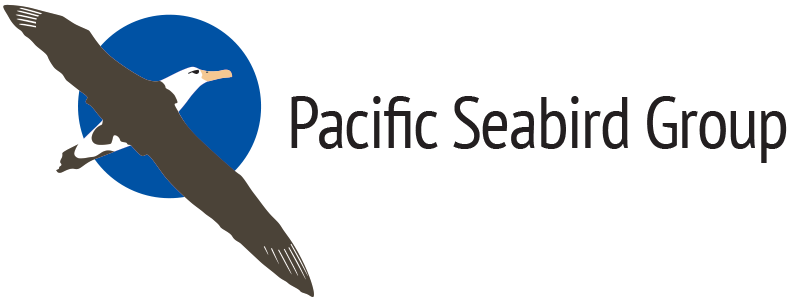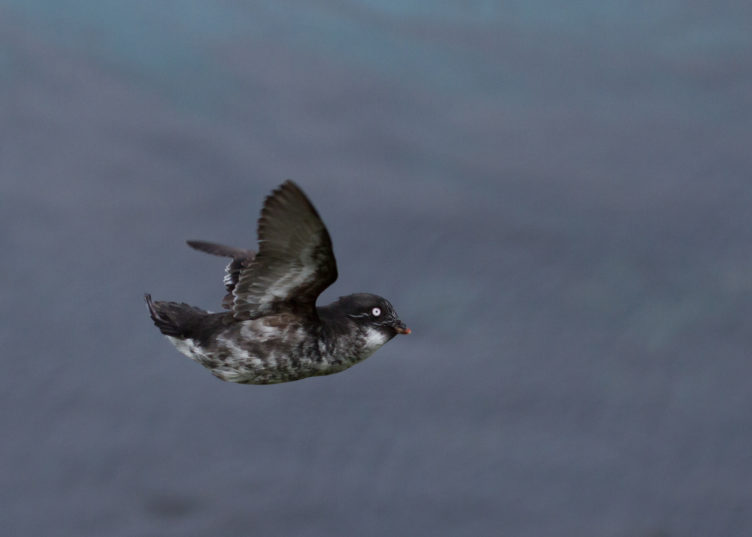Unpaid Field/Research Assistant: Habitat Restoration Volunteer (HI)
The State of Hawai’i’s Department of Land and Natural Resources (DLNR), Division of Forestry and Wildlife (DOFAW) is seeking Habitat Restoration Volunteers for work at Kure Atoll Wildlife Sanctuary in the Northwestern Hawaiian Islands. Deadline to apply: April 7, 2024.
Agency/Organization: Kure Atoll Conservancy
Location: Kure Atoll, Northwestern Hawaiian Islands
Website: Click here
Job Description:
Duration: 5-6 months (Approximately May 1 to end of October 2024)
Description: The State of Hawai’i’s Department of Land and Natural Resources (DLNR), Division of Forestry and Wildlife (DOFAW) is seeking Habitat Restoration Volunteers for work at Kure Atoll Wildlife Sanctuary in the Northwestern Hawaiian Islands. Kure Atoll is a part of the Papahānaumokuākea Marine National Monument and is located 1,400 miles northwest of O’ahu. Kure Atoll provides important habitat for wildlife, including the endangered Laysan teal (Anas laysanensis) and Hawaiian monk seal (Neomonachus schauinslandi). Eighteen species of seabirds nest on Kure including Black-footed albatross (Phoebastria nigripes) and Christmas shearwaters (Puffinus nativitatis).
DLNR is committed to eradicating non-native and invasive plant species such as Golden crown-beard (Verbesina encelioides) from the atoll. Invasive plants are a significant management concern because they displace native plants, which are necessary for wildlife habitat and to promote dune stability. This position is a rare opportunity to protect and recover a unique ecosystem while living in a remote wildlife sanctuary! Kure Atoll is an extremely remote work location and transportation to the atoll is limited and infrequent. Deployment to any remote field station is a serious undertaking. Delays in travel dates due to weather or ship mechanical issues may occur. Due to Kure’s remote location and difficult access, response times for emergencies, including evacuation, may be uncertain. The ability to live and work in close quarters with a small group of people for an extended period of time is of the utmost importance. Field teams typically consist of 2 to 5 personnel. Field season varies depending on ship schedules, but in general there are winter (October to April) and summer (May – October) field seasons. Occasionally there are shorter field seasons depending on projects. The primary mode of communication is via text-only emails sent by a satellite phone; however, the recent installation of Starlink has made internet access available as conditions allow.
Volunteers will be trained to conduct: Invasive plant removal (manual and chemical), invasive species monitoring, plant identification, wildlife monitoring and species identification, native plant propagation and distribution, safe animal handling, and beach cleanups to remove wildlife entanglement and ingestion hazards. Although the program objectives are diverse, the majority of time is dedicated to invasive plant removal. Although the program objectives are diverse, the majority of time is dedicated to invasive plant removal.
Volunteers will acquire skills in: wildlife monitoring, data collection and entry, Excel and GPS equipment, binocular/spotting scope use. Hawaiian cultural activities are incorporated into the program.
Primary responsibilities include: Invasive plant removal; Big-headed ant monitoring; Laysan duck monitoring; native plant propagation and out-planting; vegetation surveys; seabird surveys and assisting with banding events; Hawaiian monk seal monitoring; marine debris removal; data collection and entry; weekly meetings. Additionally, all staff will help with regular camp maintenance and chores outside of regular work hours.
Although the work load is diverse, most of the hours are dedicated to invasive plant removal (75-80%).
Strict Biosecurity: Biosecurity protocols are in place to prevent further introduction of alien species. This quarantine requires that all “soft” items (clothing, shoes, straps, etc.) must be purchased as new and frozen for 48 hours prior to departure to Hōlanikū. All “hard” items (cameras, electronics, musical instruments, etc.) must be inspected thoroughly and may need to be frozen or fumigated prior to departure.
Qualifications:
Desired Experience: Invasive species control; Hawaiian plant identification; native plant propagation and out-planting; avian reproductive monitoring; shorebird and/or seabird monitoring and identification; binocular/spotting scope use; data management; familiarity with Excel and ArcGIS; GPS usage. Other useful skills include: carpentry, solar equipment maintenance, small boat experience.
Requirements: Excellent physical and mental health; able to walk 10 miles per day with a 40lb pack over uneven terrain, lift 50 lbs, work for long hours in hot/sunny, rainy/cold conditions, and bend or stoop for long periods of time; must know how to swim; and have 20/20 color vision or correctable lenses. Must be comfortable with herbicide use.
Wage/Compensation: Unpaid
To Apply: Send resume, cover letter, and three references to: kureatoll@gmail.com.
Application Deadline: April 7, 2024
Start Date: April 29, 2024
Contact: Alyssa Mincer (kureatoll@gmail.com)






